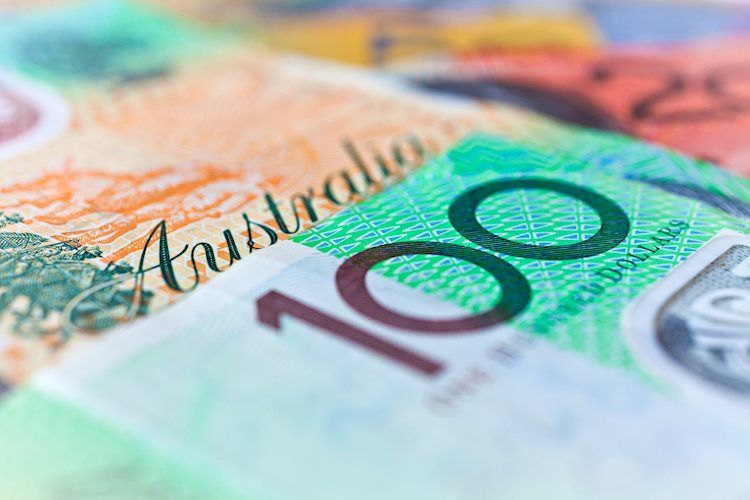The Australian Dollar (AUD) witnessed a boost in its value as China’s Trade Surplus widened in October. This positive news led to the AUD appreciating against the US Dollar (USD). However, earlier data on Australia’s Trade Balance had put downward pressure on the AUD/USD pair during the Asian trading hours. The possibility of the USD appreciating further following the recent US election results may continue to pose risks for the AUD/USD pair.
China’s trade surplus expanded to $95.27 billion in October, exceeding both expectations and the previous month’s figures. This growth was primarily driven by a significant increase in exports, which rose by 12.7% year-over-year, far surpassing estimates. On the other hand, imports fell by 2.3% annually, further contributing to China’s widening trade surplus.
In contrast, Australia reported a decrease in its trade surplus to 4,609 million in September, falling short of expectations and the previous month’s figure. This decline was attributed to a larger drop in exports compared to imports. The subdued trade surplus marked the smallest since March, indicating potential challenges for Australia’s trade balance.
Traders are closely monitoring the upcoming US Federal Reserve meeting, where a 25 basis points rate cut is widely anticipated. Market consensus suggests a high probability of this rate cut, which could impact the AUD/USD pair and global market sentiments. Additionally, investor optimism following the victory of former President Donald Trump in the US election may further strengthen the USD against other currencies.
Furthermore, economic indicators from Australia, such as the decline in exports and imports, as well as the Reserve Bank of Australia’s decision to maintain the Official Cash Rate, play a role in shaping the AUD’s performance. The steady stance adopted by the RBA reflects concerns around inflation risks and the labor market. Additionally, improvements in Australia’s services PMI and inflation gauge signify potential resilience in the economy despite challenges.
From a technical analysis perspective, the AUD/USD pair hovers below key levels, with immediate support near the three-month low at 0.6512. Resistance levels are identified at the nine-day and 14-day EMAs, indicating potential barriers for upward movement. Traders will closely monitor these levels for potential breakout opportunities and momentum shifts in the AUD/USD pair.
In summary, the Australian Dollar’s performance is influenced by both domestic economic indicators and external factors like China’s Trade Surplus and the US Federal Reserve’s upcoming decision. Traders will continue to monitor market trends and key levels to navigate potential risks and opportunities in the AUD/USD pair. As global economic conditions evolve, the AUD’s trajectory may vary, reflecting shifting market sentiment and economic fundamentals.










